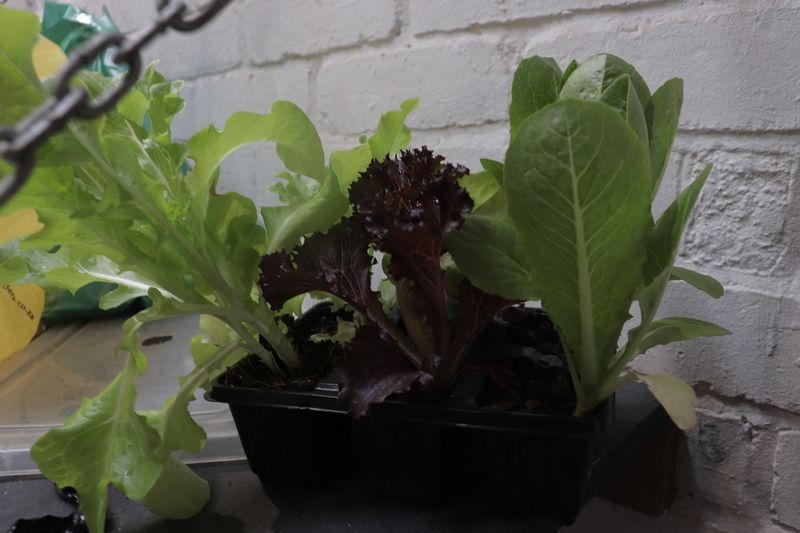Introduction
" Economic and social progress over the last century has been accompanied by environmental degradation that is endangering the very systems on which our future development — indeed, our very survival — depends.
Each year, an estimated one third of all food produced – equivalent to 1.3 billion tonnes worth around $1 trillion – ends up rotting in the bins of consumers and retailers, or spoiling due to poor transportation and harvesting practices." - United Nations, Sustainable Development Goals
Social progress has been stunted in disadvantaged communities which has contributed to the underdevelopment of the citizenstin these communities. As a human race, we can argue that environmental degradation is a result of the unethical production methods used to over-produce goods that we want but don't need. As a human race we even go as far as arguing thag we have to move towards more sustainable methods of producing goods however this "new and more sustainable" knowledge of doing things is only shared with the privileged few.
The marginalized and impoverished majority of the human race is not empowered with the knowledge of how they can improve their lives and also be key players in the adoption of new and improved sustainable practices and principles that need to be adopted in order to leave the world that we live in as a better place for future generations to come.
To ensure that the concept of sustainable living is adopted across all social classes; equal access to sustainable principals and practices as a knowledge base and complimentary skillsets must be available to all.
Urban farming specialist, UFarm KZN Agro, and agri-education expert, The AgriCUL Institute, have paired up as the My Lil' Pumpkin team to answer the Sustainable Development Goal 12 - Sustainable Production & Consumption. We have used recycled PVC pipes, plastic bottles and disposable cups to create a Hydroponics System that can be easily recreated by the youth living in a disadvantaged communities.
Having this hydroponic knowledge and skillset will empower the youth to be able to grow their own food, change their perspective of what they understand to be waste/scrap and begin to understand its potential value, understand that it is possible to grow food without harming using soil and thereby degrading our natural soil, how to grow food without using vat amounts of water as well as the importance of water harvesting as a method of water conservation.
Introduction to Water Hydroponics
WHAT:
“Hydro” is the Greek word for water, and “ponos” means work. In hydroponic gardening, the water does the work—in this case, the work of delivering nutrients to the plant roots. Simply put, hydroponic gardening is a method of growing plants without soil.
WHY:
Many experts in agriculture consider hydroponic gardening to be much more than just a cool way for home gardeners to grow a few plants. They see it as the future of food production, because hydroponic gardens can be made to fit just about anywhere and allow even un-farmable areas to grow nourishing food.
Because the food is dissolved in water, it goes directly to the roots. Plants grow faster and are ready for harvest sooner. You can grow more plants in the same space as you can with a soil garden, and since there’s no soil, there’s no worry about soil-borne diseases or pests – and no weeding.
HOW:
The water culture system is the simplest of all active hydroponic systems. The platform that holds the plants is usually made of Styrofoam and floats directly on the nutrient solution. An air pump supplies air to the air stone that bubbles the nutrient solution and supplies oxygen to the roots of the plants.
Water culture is the system of choice for growing leaf lettuce, which are fast growing water loving plants, making them an ideal choice for this type of hydroponic system. Very few plants other than lettuce will do well in this type of system.
This type of hydroponic system is great for the classroom and is popular with teachers. A very inexpensive system can be made out of an old aquarium or other water tight container.Youtube
Matériaux
Outils
Étape 1 - Material preparation.
Cut out the holes on the PVC pipes, drill holes, on the circular lids.
Notes et références
INTRODUCTION TO HYDROPONICS:
https://www.miraclegro.com/en-us/library/indoor-gardening/what-hydroponic-gardening
https://www.hydrofarm.com/Resources/Intro-to-Hydro
https://www.simplyhydro.com/system/
RESOURCE MANAGEMENT:
https://www.hydrofarm.com/Resources/Intro-to-Hydro
Published









 Français
Français English
English Deutsch
Deutsch Español
Español Italiano
Italiano Português
Português